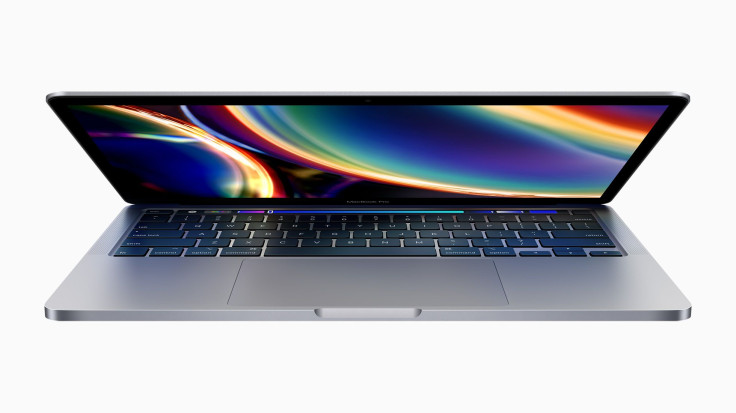macOS Catalina ‘Not Charging’ Issue Clarified By Apple In New Document
KEY POINTS
- Some MacBook users might see their battery "not charging" when plugged into a power source
- Apple says this is due to a new feature in macOS Catalina 10.15.5
- Users can enable or disable the feature at will
Some MacBook users might be surprised to see that their battery is “not charging” after plugging it in to top it up, but Apple has some answers for this issue. The Cupertino tech giant has released a support document that explains this is not something to be worried about because it is “normal.”
In a support document, Apple explained that some MacBooks will not charge when the user has plugged it into a power source. This is because of the new Battery Health Management feature, which is designed to protect the MacBook battery from chemically aging at a faster rate, quickly deteriorating it and lowering its performance.
“Depending on its settings, your Mac might temporarily pause charging to help calibrate battery health management, a feature designed to improve the lifespan of your battery,” the document read.
Apple explained that MacBooks that are running on macOS Catalina 10.15.5 or later and have Thunderbolt 3 ports can use the battery health management feature. It will extend the life of the MacBook battery by preventing it from staying fully charged for a long time.
As previously reported, Battery Health Management does this by doing two things.
It will first monitor the user's battery charging habits, including keeping track of battery percentage when users tend to plug in the charger and the frequency at which a user plugs the MacBook to charge. It will also monitor the overall temperature of the battery.
Battery Health Management will then control charging depending on the registered charging habits. For example, if it observes that the user tends to plug the MacBook into a power source at all times, it will not allow the battery to be charged beyond 80% to prevent the battery from degrading fast. It can also slow down charging speeds so that the battery won't get hotter than it should.
Apple noted that when the feature is enabled, users may occasionally see “not charging” in their Mac's battery status. They may also see the maximum charge level lowered temporarily. The company said this is “normal,” and it is how the feature optimizes battery charging. The feature will resume charging to 100% based on the user's charging habits.
Apple also said that users will also see “not charging” when they use incorrect power adapters and cables, when the MacBook isn't getting enough power to charge the battery or when the correct power adapter is plugged into a power source that doesn't deliver enough power.

© Copyright IBTimes 2024. All rights reserved.





















